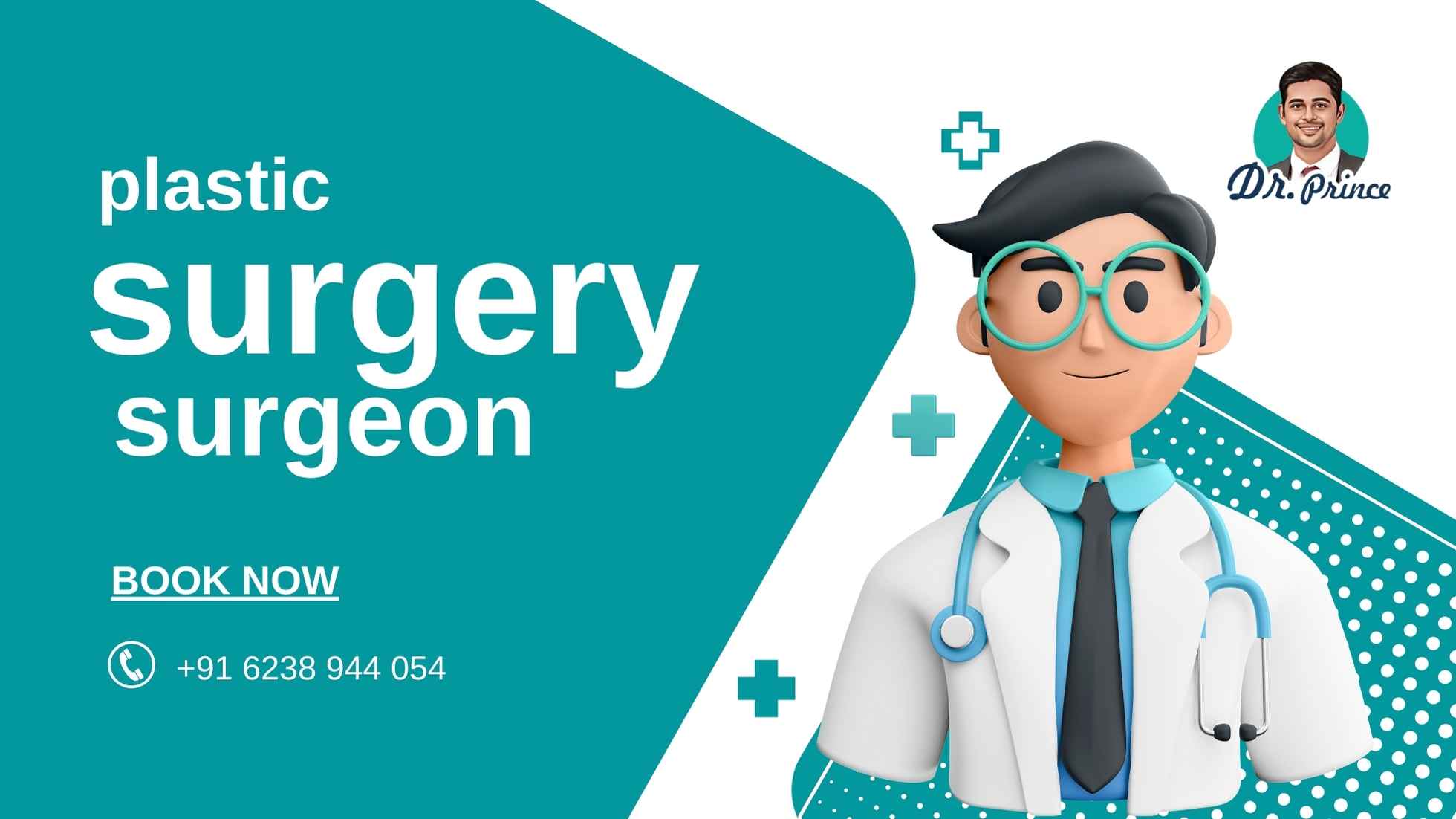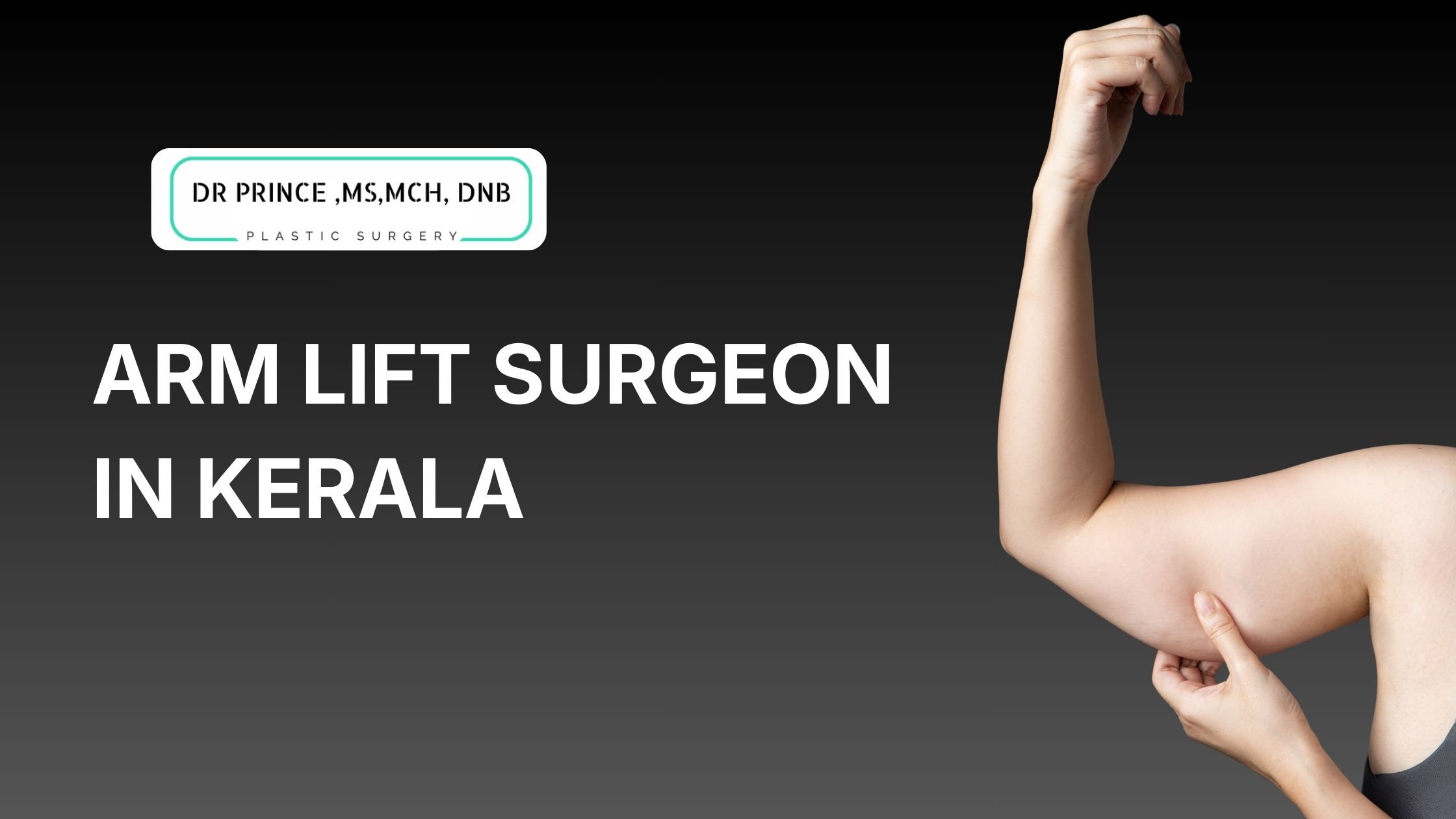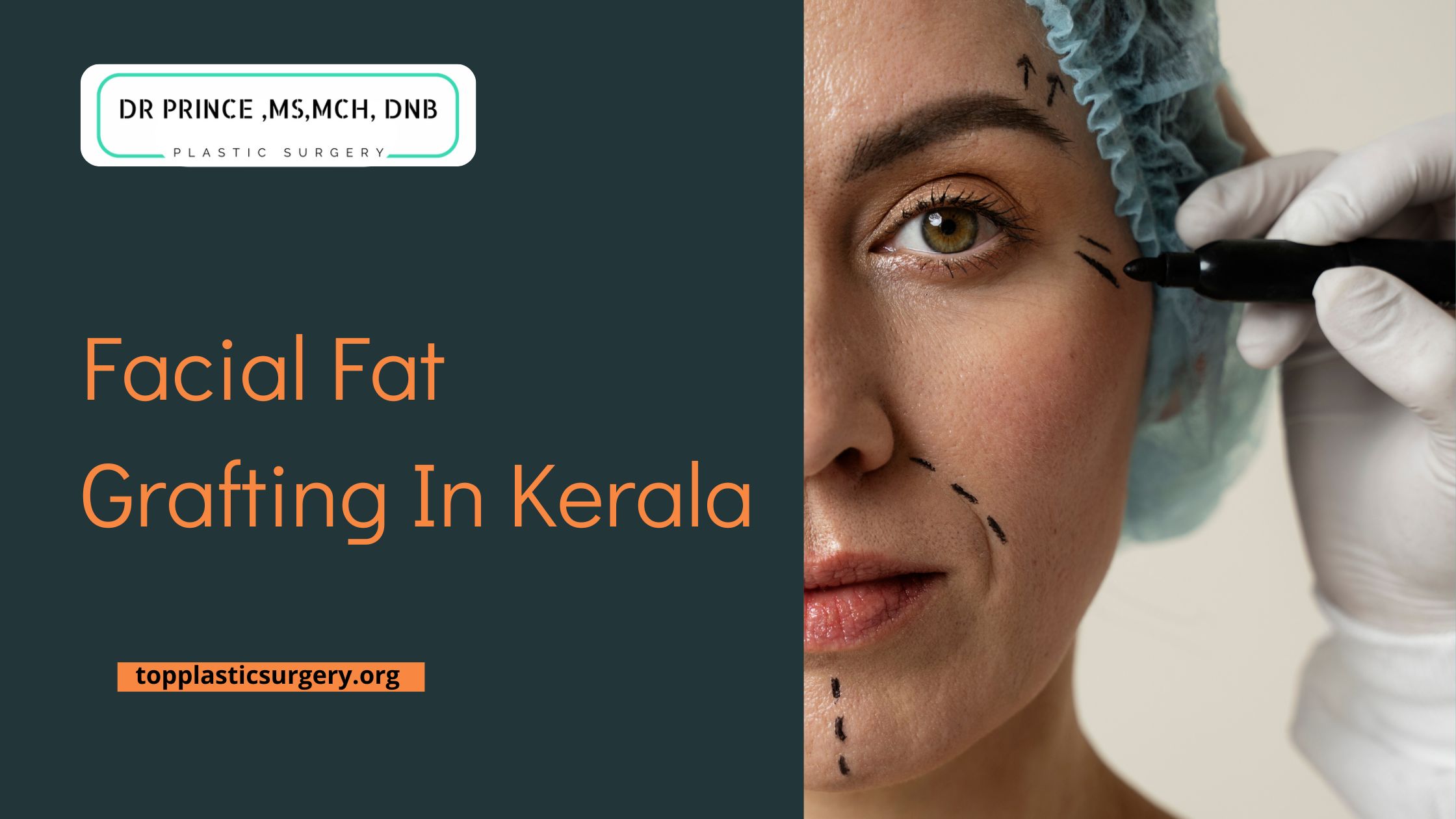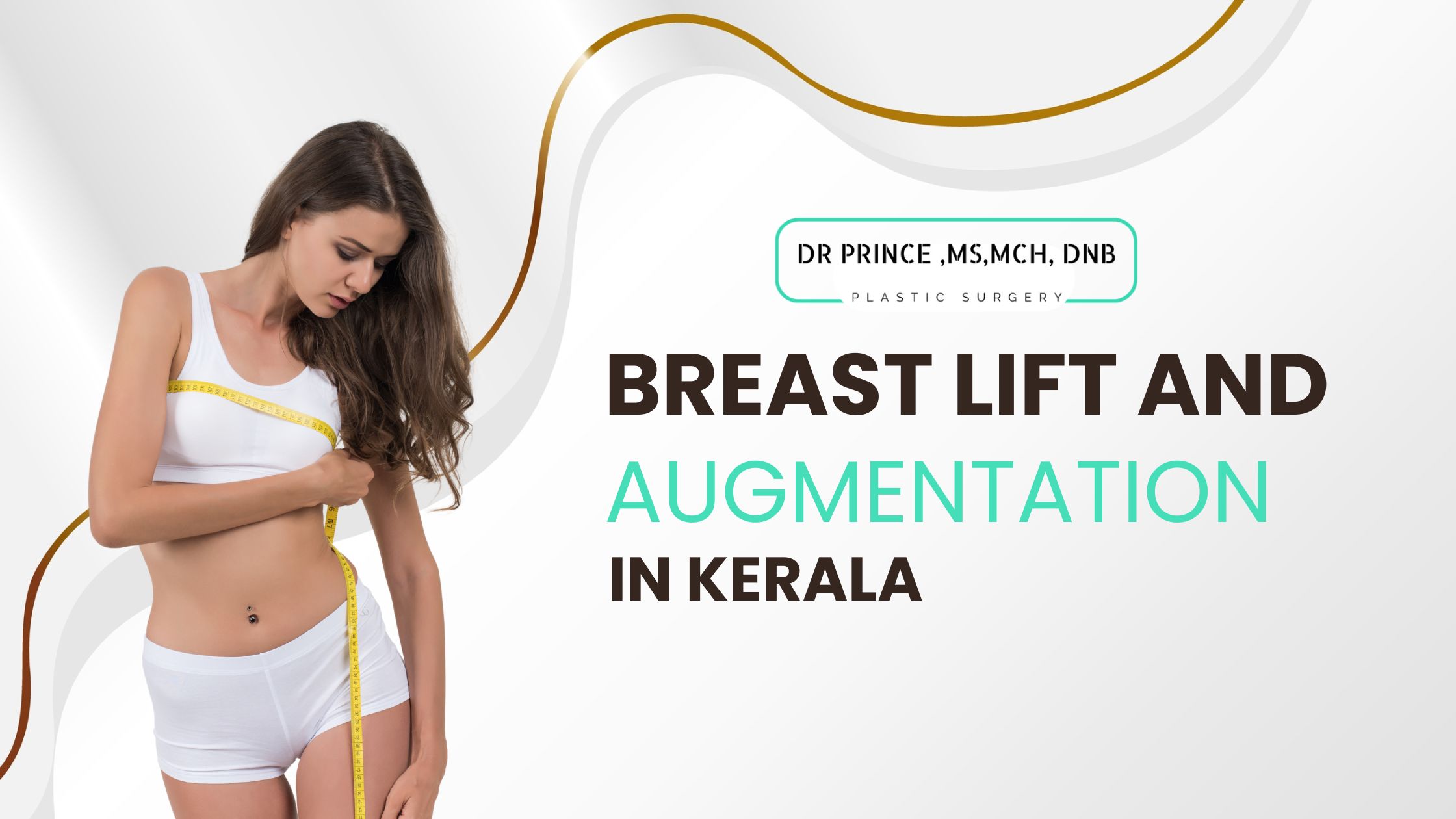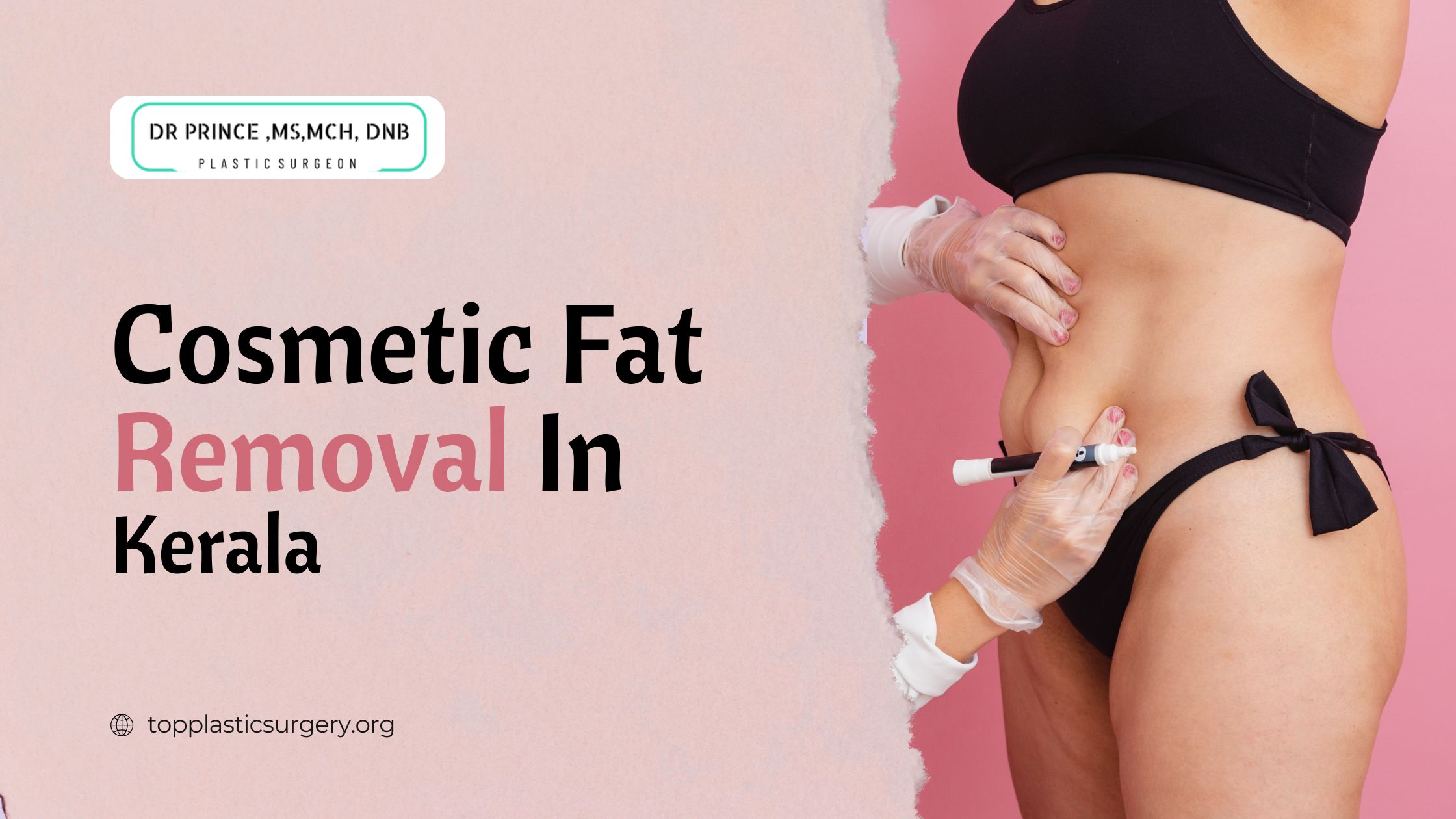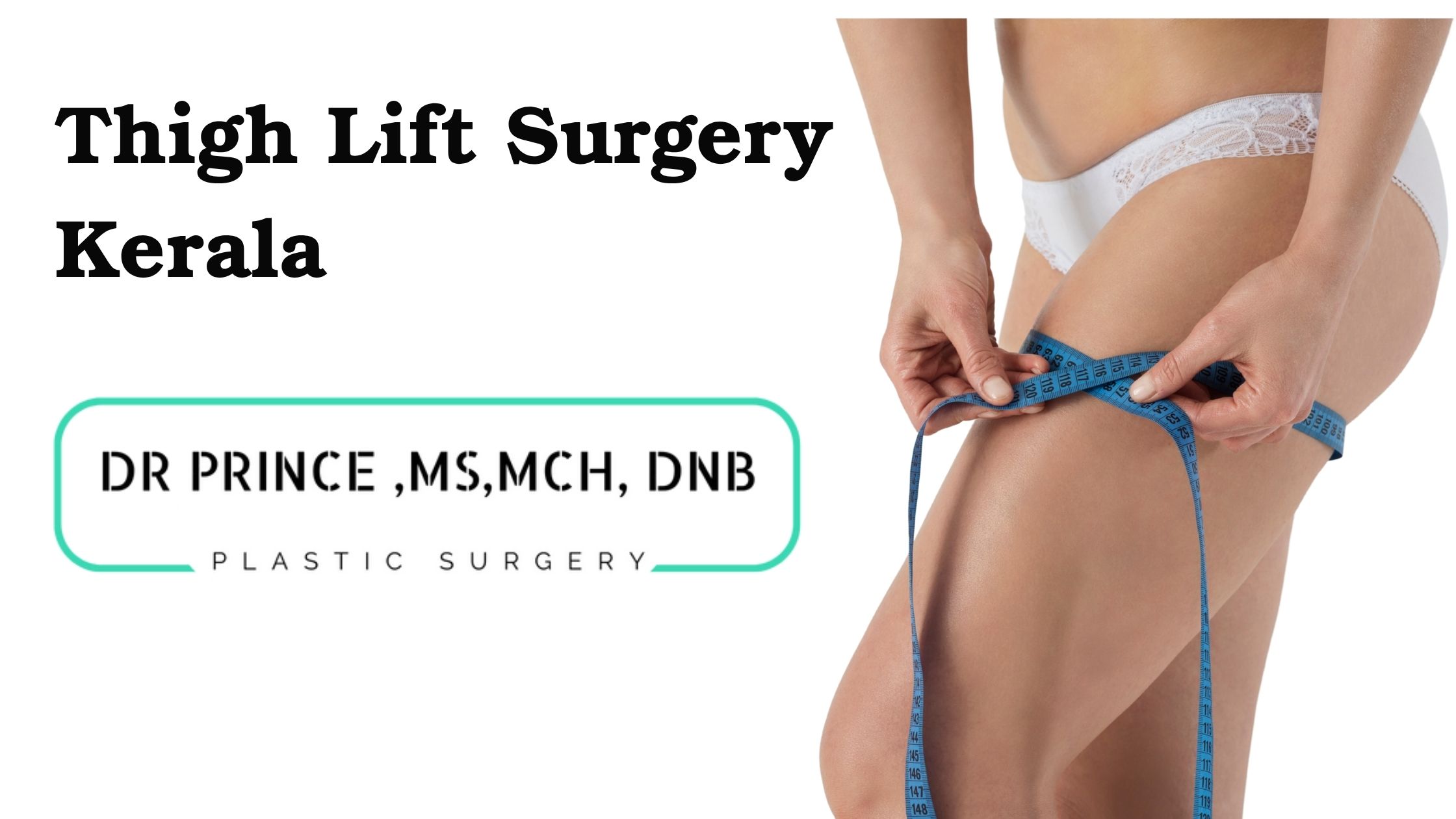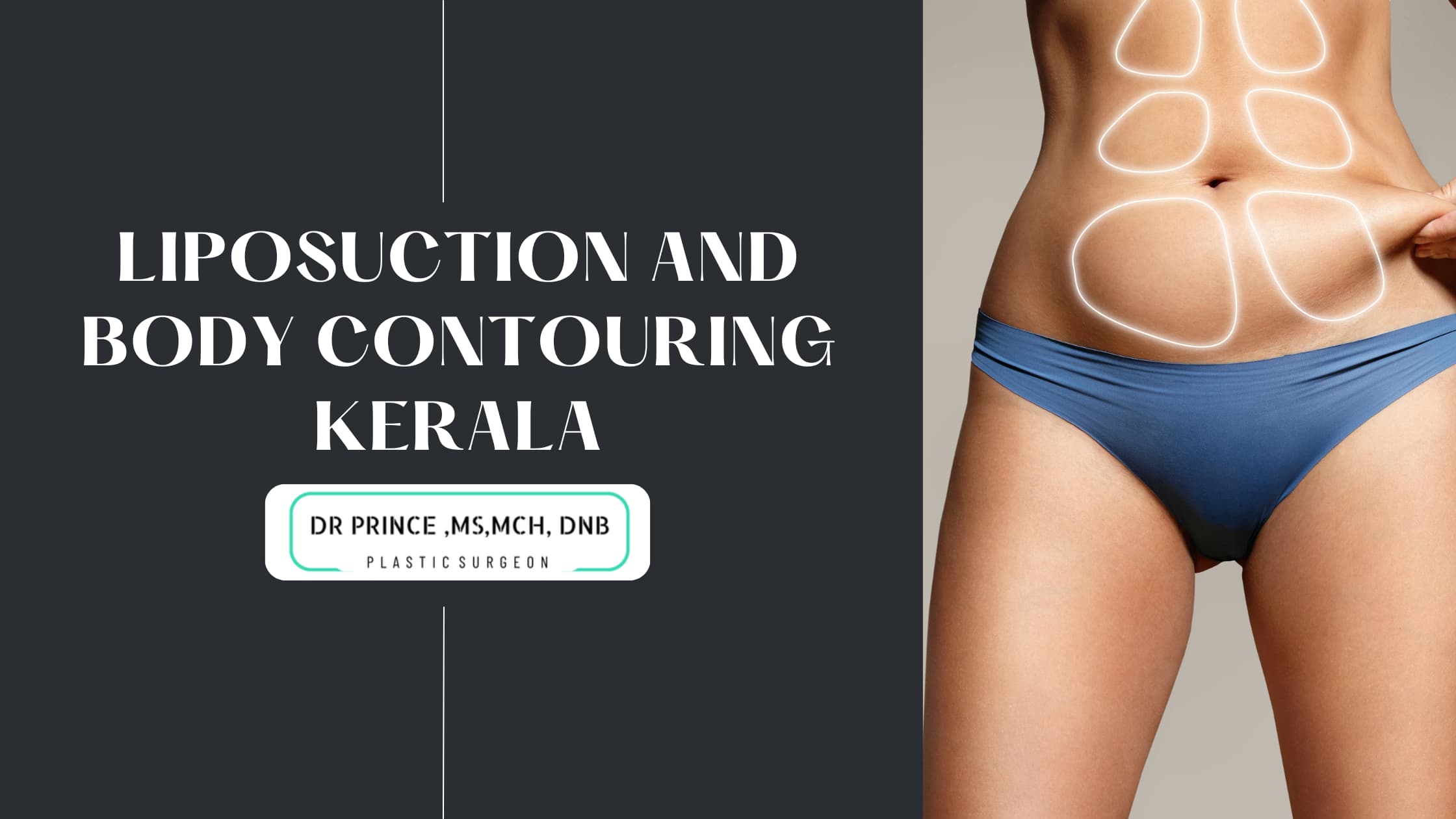When people hear the term “plastic surgery,” their thoughts often jump to celebrities, cosmetic enhancements, and images of ideal beauty. However, plastic surgery is far more than just aesthetics—it’s a transformative branch of medicine that improves lives in both functional and cosmetic ways. Whether it’s correcting congenital deformities, treating trauma-related injuries, or achieving desired aesthetic results, the role of a plastic surgery surgeon is vital.
But with so many surgeons out there, how do you choose the right one for your needs? In this blog, we’ll dive into the world of plastic surgery, explain the procedures, and most importantly, how to choose a surgeon who can help you achieve your goals safely and effectively.
What is Plastic Surgery?
Plastic surgery is a specialized field of medicine that focuses on reconstructing or repairing parts of the body. It is split into two major categories:
- Reconstructive Surgery: This type of plastic surgery is aimed at repairing defects caused by injury, trauma, disease, or congenital disorders. Procedures like cleft palate repair, burn treatment, breast reconstruction after mastectomy, or facial trauma repair fall under this category.
- Cosmetic Surgery: This type of surgery is aimed at improving the appearance of a person. Procedures such as rhinoplasty (nose job), liposuction, facelifts, tummy tucks, and breast augmentation are all cosmetic surgeries. While the goal is typically to enhance beauty, it can also help boost self-confidence and correct issues that affect self-image.
The Importance of Choosing the Right Plastic Surgery Surgeon
When considering plastic surgery, whether for cosmetic or reconstructive purposes, finding the right plastic surgery surgeon is critical. Surgery, after all, is a big decision, and you want to trust your body to someone who is both qualified and experienced.
Here are a few reasons why choosing the right surgeon is so important:
- Safety: No matter how minor a procedure seems, every surgery comes with risks. A qualified surgeon with the proper credentials and experience minimizes these risks, ensuring that your procedure is conducted safely.
- Results: Your desired outcome is what matters most. A skilled plastic surgery surgeon will listen to your goals, set realistic expectations, and deliver natural, beautiful results.
- Long-Term Care: Plastic surgery doesn’t end when you leave the operating room. The right surgeon will follow up with you, guide you through the recovery process, and be available for any concerns or questions in the long run.
Qualities to Look for in a Plastic Surgery Surgeon
Finding a great plastic surgery surgeon can seem overwhelming, but knowing what to look for makes it much easier. Here are some qualities to consider when making your decision:
1. Board Certification
This is non-negotiable. A board-certified plastic surgeon has undergone rigorous training and testing to ensure they meet the high standards of the profession. Look for certifications from recognized bodies such as the American Board of Plastic Surgery (ABPS) or the equivalent in your country. This ensures that your surgeon is not just a licensed doctor but someone who specializes in plastic surgery and maintains strict standards.
2. Experience in Your Desired Procedure
Plastic surgery is a broad field, and no one surgeon is a master of every procedure. While one surgeon may specialize in facial surgeries like rhinoplasty or facelifts, another may focus on body contouring or breast surgeries. Make sure that the surgeon you choose has extensive experience with the specific procedure you’re interested in. Ask to see before-and-after photos, and don’t hesitate to ask how many times they’ve performed the surgery you’re considering.
3. Good Communication and Comfort
Plastic surgery is a personal journey. You want a surgeon who listens to your goals, takes time to answer your questions, and explains everything in detail. The right plastic surgery surgeon will make you feel comfortable and confident, not rushed or pressured. Trust your instincts—if you feel at ease with the surgeon, that’s a good sign.
4. Positive Patient Reviews and Testimonials
In today’s digital age, it’s easier than ever to research a surgeon’s reputation. Look for reviews and testimonials from past patients, either on the surgeon’s website or third-party platforms like Google or RealSelf. Patients often share their experiences about the surgeon’s bedside manner, the results of their surgery, and the overall care they received.
5. State-of-the-Art Facilities
A qualified plastic surgery surgeon should operate in an accredited, state-of-the-art facility. Ask where the surgery will be performed and whether the clinic or hospital meets safety and hygiene standards. Some procedures are conducted in the surgeon’s own clinic, while others may require a full hospital setting, depending on the complexity of the surgery.
Common Plastic Surgery Procedures
Now that you have an idea of what to look for in a plastic surgery surgeon, let’s take a closer look at some of the most common procedures you might consider:
1. Rhinoplasty (Nose Surgery)
One of the most popular cosmetic surgeries, rhinoplasty, is performed to reshape the nose for aesthetic reasons or to improve breathing issues. A good plastic surgery surgeon will balance both the functional and cosmetic aspects of the nose to create a harmonious, natural-looking result. Whether you’re looking to correct a bump, narrow the nostrils, or address breathing problems, a skilled surgeon will tailor the procedure to your facial structure.
2. Breast Surgeries
There are various breast surgeries, depending on your goals:
- Breast Augmentation: Enhances the size and shape of the breasts using implants or fat transfer.
- Breast Reduction: Reduces the size of the breasts, often to alleviate physical discomfort like back or neck pain.
- Breast Lift: Raises sagging breasts for a more youthful appearance.
3. Mommy Makeover
The “Mommy Makeover” is a combination of surgeries designed to help women restore their bodies after childbirth. This often includes a tummy tuck, breast lift or augmentation, and liposuction. The goal is to target areas most affected by pregnancy, such as the abdomen, breasts, and thighs. Many women find this option appealing because it allows multiple procedures to be performed at once, minimizing downtime and recovery.
4. Tummy Tuck (Abdominoplasty)
A tummy tuck removes excess skin and fat from the abdomen and tightens the underlying muscles. This procedure is particularly popular for individuals who have experienced significant weight loss or women post-pregnancy. It’s important to note that while a tummy tuck creates a flatter, more toned abdomen, it’s not a substitute for weight loss. Patients should be at or near their ideal weight before undergoing the procedure.
5. Eyelid Surgery (Blepharoplasty)
Eyelid surgery can address drooping upper eyelids, puffy under-eye bags, and other signs of aging around the eyes. This is a great procedure for people who want a more youthful, refreshed appearance without undergoing a full facelift. It’s also common for individuals to combine eyelid surgery with other facial procedures for more dramatic results.
Why is Continuing Education Important for a Plastic Surgery Surgeon?
One of the standout qualities of an excellent plastic surgery surgeon is their commitment to continuing education. Medicine and technology are constantly evolving, especially in the field of plastic surgery. New techniques, tools, and technologies are introduced regularly, and a surgeon who stays up-to-date with these advancements is more likely to offer you the best, most innovative treatments available.
Here’s what you can generally expect during the recovery process:
1. Immediate Post-Surgery Care
Right after surgery, depending on the procedure, you might experience swelling, bruising, and discomfort in the treated area. This is completely normal and part of the healing process. Your plastic surgery surgeon will give you pain management plans and medications to help alleviate any discomfort during this time. It’s important to follow their advice strictly, as this will help reduce complications and speed up recovery.
2. Follow-Up Appointments
A reliable plastic surgery surgeon will schedule follow-up appointments to monitor your recovery progress. These check-ins are vital as they allow the surgeon to assess how well your body is healing, remove stitches if necessary, and address any concerns you may have. Consistent follow-up ensures that any potential issues are caught early, and your recovery stays on track.
3. Scar Management
One of the most common concerns following plastic surgery is scarring. A skilled surgeon will use techniques to minimize visible scars during the procedure, but aftercare plays a key role in how your scars heal. You might be prescribed topical treatments or advised to massage the area to improve healing. Over time, most surgical scars fade significantly, but it’s important to protect your skin from the sun and follow your surgeon’s post-care recommendations to achieve the best results.
4. Lifestyle Adjustments
For certain procedures, your plastic surgery surgeon may advise lifestyle changes during recovery. For example, after a tummy tuck or breast augmentation, you’ll need to avoid strenuous activities like exercise or heavy lifting for a few weeks to ensure proper healing. It’s important to follow these guidelines, as rushing the recovery process could hinder results or cause complications.
The Growing Popularity of Non-Surgical Procedures
While traditional plastic surgery continues to be popular, there has been a surge in demand for non-surgical cosmetic treatments. These minimally invasive procedures provide excellent results with less downtime, making them appealing to people who may not want or need full surgery.
Here are a few examples of common non-surgical procedures offered by plastic surgery surgeons today:
1. Botox and Dermal Fillers
Botox and dermal fillers are some of the most widely performed non-surgical cosmetic treatments. Botox works by temporarily relaxing the muscles that cause wrinkles, such as those around the eyes (crow’s feet) or forehead. Dermal fillers, on the other hand, are used to add volume to areas like the cheeks, lips, and under the eyes, providing a more youthful appearance without surgery. These procedures are quick, typically taking less than an hour, and results can last several months to a year.
2. Non-Surgical Facelift (Ultherapy)
For those not ready for a traditional facelift, non-surgical options like Ultherapy offer a great alternative. Ultherapy uses ultrasound technology to lift and tighten the skin around the face and neck. It’s a non-invasive procedure that stimulates the body’s own production of collagen, gradually improving skin tone and texture over time.
3. CoolSculpting (Non-Surgical Fat Reduction)
CoolSculpting is a popular procedure for individuals looking to eliminate stubborn fat without undergoing liposuction. This non-surgical treatment uses cold temperatures to freeze fat cells, which are then naturally eliminated by the body. Common treatment areas include the abdomen, thighs, and under the chin. It’s an excellent option for patients who are near their ideal weight but want to target specific areas of fat.
4. Laser Skin Resurfacing
Laser treatments are incredibly effective for improving skin texture, reducing wrinkles, and treating conditions like acne scars, sun damage, and uneven pigmentation. A plastic surgery surgeon may recommend laser skin resurfacing as part of a patient’s overall aesthetic plan. By removing the outer layers of damaged skin, lasers promote the growth of new, healthy skin, resulting in a smoother, more youthful appearance.
Plastic Surgery Myths vs. Reality
There are many misconceptions about plastic surgery that can deter individuals from considering it, even when they could greatly benefit from it. Let’s debunk some of the most common myths:
1. Myth: Plastic Surgery Is Only for Women
Reality: While plastic surgery is often associated with women, more and more men are opting for procedures to improve their appearance or address medical issues. Common procedures for men include rhinoplasty, liposuction, eyelid surgery, and even male breast reduction for gynecomastia. In fact, the demand for plastic surgery among men has grown steadily over the past few years as more realize its benefits.
2. Myth: Plastic Surgery Looks Fake or Unnatural
Reality: A good plastic surgery surgeon is dedicated to delivering natural-looking results. While there have been cases of overdone surgeries, these are typically the exception, not the rule. The goal of most procedures, especially when performed by an experienced surgeon, is to enhance your natural features, not to make you look completely different.
3. Myth: Plastic Surgery Is Only for the Rich and Famous
Reality: Plastic surgery is more accessible than ever before. With advancements in technology, the cost of many procedures has become more affordable, making plastic surgery an option for a wider range of people. Additionally, many clinics offer financing options, allowing patients to pay for procedures in manageable installments.
4. Myth: All Plastic Surgery Is Cosmetic
Reality: As we discussed earlier, plastic surgery isn’t just about aesthetics. Many procedures, such as breast reconstruction after cancer, cleft palate repair, and hand surgery, are reconstructive in nature and are often performed to improve function and quality of life.
How to Prepare for Your Plastic Surgery Consultation
So, you’ve decided you want to explore plastic surgery options—what’s next? Your initial consultation with a plastic surgery surgeon is a critical step in the process. Here’s how to prepare for it:
1. Do Your Research
Before your consultation, familiarize yourself with the procedure you’re interested in. While you don’t need to know every medical detail, having a general understanding of the surgery will help you ask more informed questions.
2. Bring a List of Questions
Don’t be afraid to ask your surgeon lots of questions. Here are a few you might consider:
- What is your experience with this specific procedure?
- What are the potential risks and complications?
- What will recovery be like, and how long will it take?
- Can I see before-and-after photos of similar patients?
3. Be Honest About Your Goals
During your consultation, be clear about what you hope to achieve. Whether you want to enhance your appearance or address a medical concern, honesty is key. Your plastic surgery surgeon will help you set realistic expectations and guide you toward the best treatment plan for your needs.
The Importance of Patient-Surgeon Collaboration
One of the reasons many patients find their plastic surgery journey rewarding is the collaborative relationship they develop with their surgeon. Surgery is not a one-size-fits-all solution, and an experienced surgeon will take the time to understand your goals and preferences.
By working closely together, you and your plastic surgery surgeon can create a personalized plan that aligns with your aesthetic desires, while ensuring safety and effectiveness. This partnership, grounded in communication and trust, is key to achieving a successful and satisfying outcome.
FAQ
1. What is a Plastic Surgery Surgeon?
A plastic surgery surgeon is a medical doctor specializing in performing cosmetic and reconstructive procedures. They enhance or restore the appearance and function of various body parts, using advanced surgical techniques.
2. How do I choose the right Plastic Surgery Surgeon?
To choose the right plastic surgery surgeon, look for board certification, years of experience, before-and-after photos of previous patients, patient reviews, and their specialization in the procedure you’re considering.
3. What qualifications should a Plastic Surgery Surgeon have?
A qualified plastic surgery surgeon should have a medical degree, completed residency training in plastic surgery, and be board-certified by recognized medical boards such as the American Board of Plastic Surgery or a similar body in your country.
4. What procedures does a Plastic Surgery Surgeon perform?
A plastic surgery surgeon performs various cosmetic and reconstructive surgeries, including rhinoplasty, breast augmentation, tummy tuck, liposuction, facelift, eyelid surgery, and reconstructive surgeries like burn repair and cleft lip correction.
5. What’s the difference between a Plastic Surgery Surgeon and a Cosmetic Surgeon?
A plastic surgery surgeon is trained in both cosmetic (aesthetic) and reconstructive surgeries. A cosmetic surgeon primarily focuses on enhancing appearance, but may not always have the formal plastic surgery training or board certification.
6. Is it safe to undergo surgery with a Plastic Surgery Surgeon?
Yes, it is generally safe if you choose a qualified, board-certified plastic surgery surgeon who operates in an accredited facility. Always consult about their qualifications and past success with the specific procedure you’re considering.
7. What should I ask during a consultation with a Plastic Surgery Surgeon?
Ask about the surgeon’s experience with your desired procedure, recovery times, risks, expected results, the facility where the procedure will be done, and review before-and-after photos of similar surgeries they’ve performed.
8. How long is the recovery after a procedure with a Plastic Surgery Surgeon?
Recovery time varies depending on the type of procedure. It can range from a few days for minor surgeries to several weeks for more extensive procedures. Your plastic surgery surgeon will provide detailed recovery instructions.
9. Are there non-surgical options offered by Plastic Surgery Surgeons?
Yes, many plastic surgery surgeons offer non-surgical treatments like Botox, fillers, laser therapy, and non-invasive body contouring options that can enhance appearance without the need for surgery.
10. How much does it cost to consult with a Plastic Surgery Surgeon?
Consultation fees vary depending on the surgeon’s expertise and location. Some surgeons may charge a consultation fee, while others offer free consultations. It’s best to check with the specific plastic surgery surgeon’s office for details.

